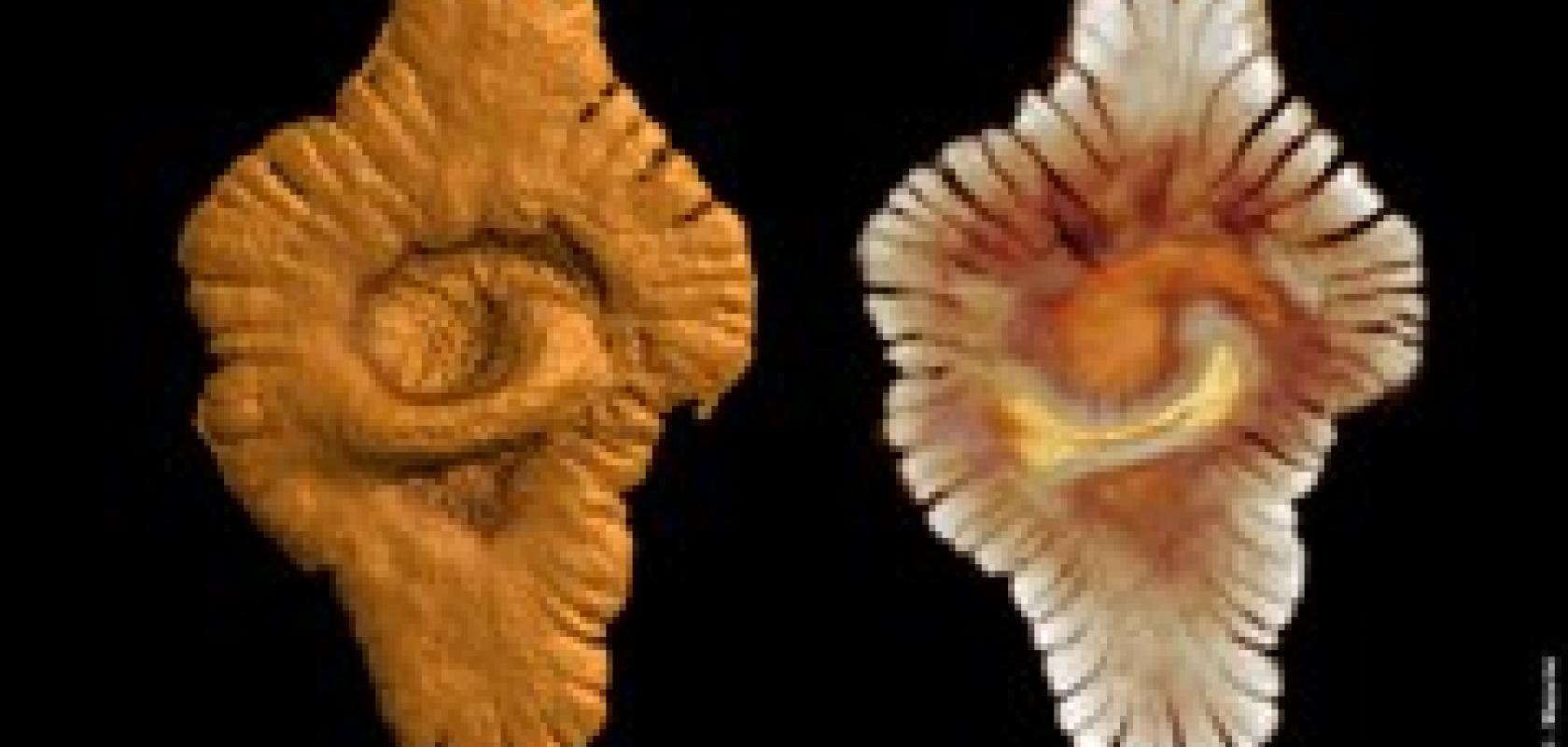A research team at the Université de Poitiers, France has discovery what is thought to be the earliest evidence of a multicellular organism. The team, headed by Dr Abderrazak El Albani from Laboratoire HydrASA, identified two billion year old fossils of multicellular organisms in West Africa with the aid of computed tomography.
Analysis of the interior of the fossils was carried out using Viscom X-ray inspection system X8050, available at Université de Poitiers. Ultimately, the virtual 3D reconstruction of the external and internal morphology of the fossils provided crucial evidence for when the first multicellular organisms on Earth emerged.
Analysis by the X8050 from Viscom, in collaboration with the company ERM, revealed structures characteristics of multcellular organisms. Researchers identify this structure as evidence of coordinated growth and therefore historic representatives of multicellular life. The macrofossils were dated to an age of around 2.1 billion years.
Dr El Albani commented: 'Our fossils are composed of pyrite. And with the Viscom inspection system X8050 it is very easy to get good pictures for our analysis. The images are extremely clear, so we can see a lot of inner morphological details of the structures in this organism. Until now we have analysed more than 150 specimens with this machine.'
High performance, high resolution X-ray inspection is capable of sharply depicting even the smallest interior objects and with the 3D reconstruction, essential information is delivered without having to destroy the object.


